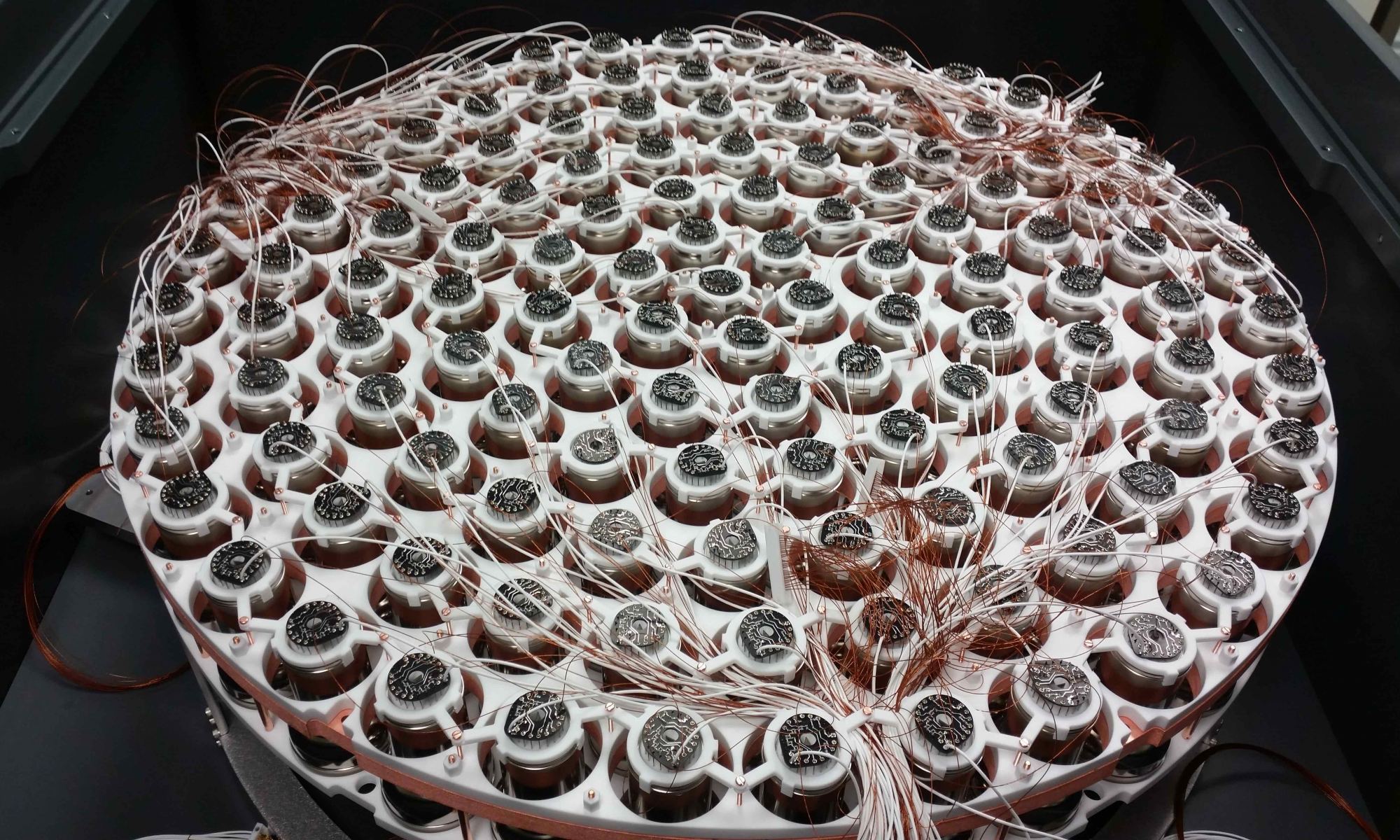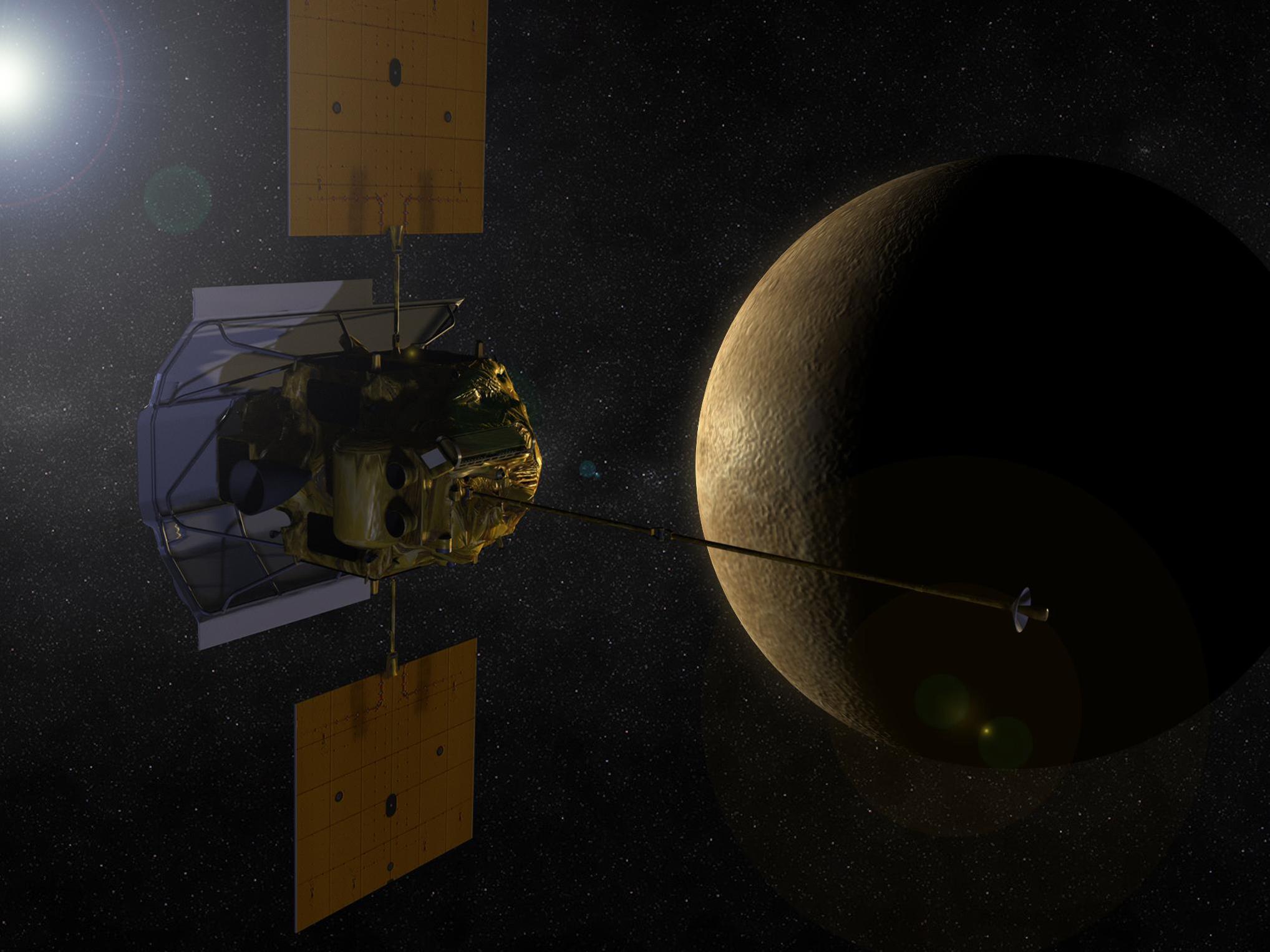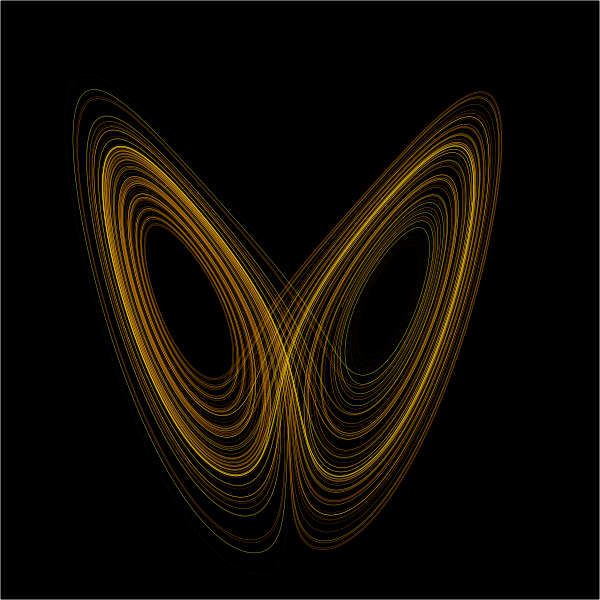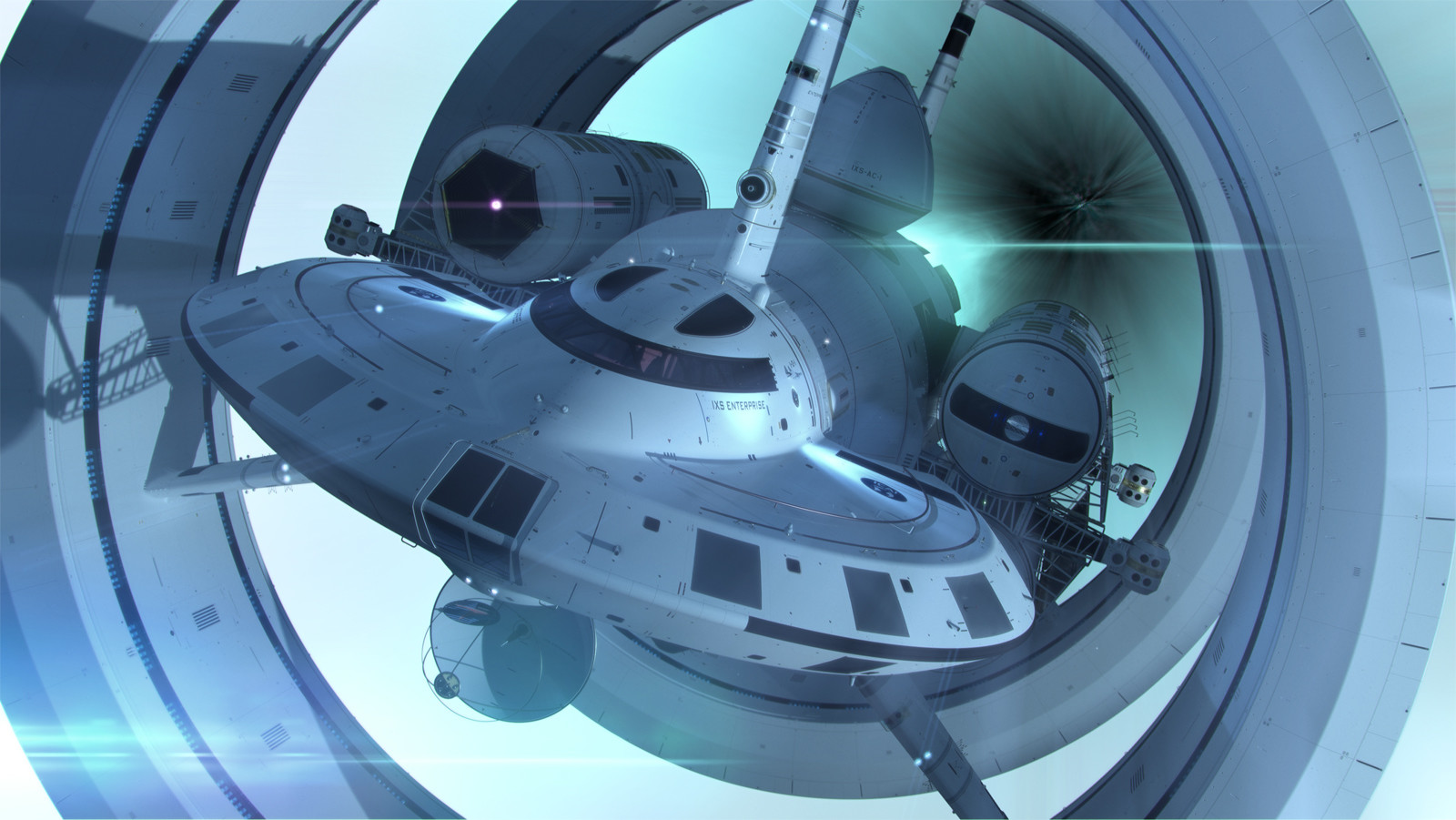Dark matter is notoriously difficult to detect. So difficult that we haven’t detected it yet. Evidence for dark matter can be seen in everything from the warping of light near galaxies to the way galaxies cluster together. We are pretty sure dark matter is real, but we also know it can’t be made of any type of particle we currently know. But a new study has found some interesting data that could be evidence of dark matter, or not.
Continue reading “Japanese Dark Matter Detector is Seeing a “Surprising Excess of Events””Spacecraft was able to measure how long neutrons last before they decay
Using NASA’s MESSENGER spacecraft’s close encounters with Venus and Mercury, researchers were able to measure the lifetime of neutrons, an important prediction of the Standard Model of particle physics.
Continue reading “Spacecraft was able to measure how long neutrons last before they decay”Time Travel Into The Future Is Totally Possible
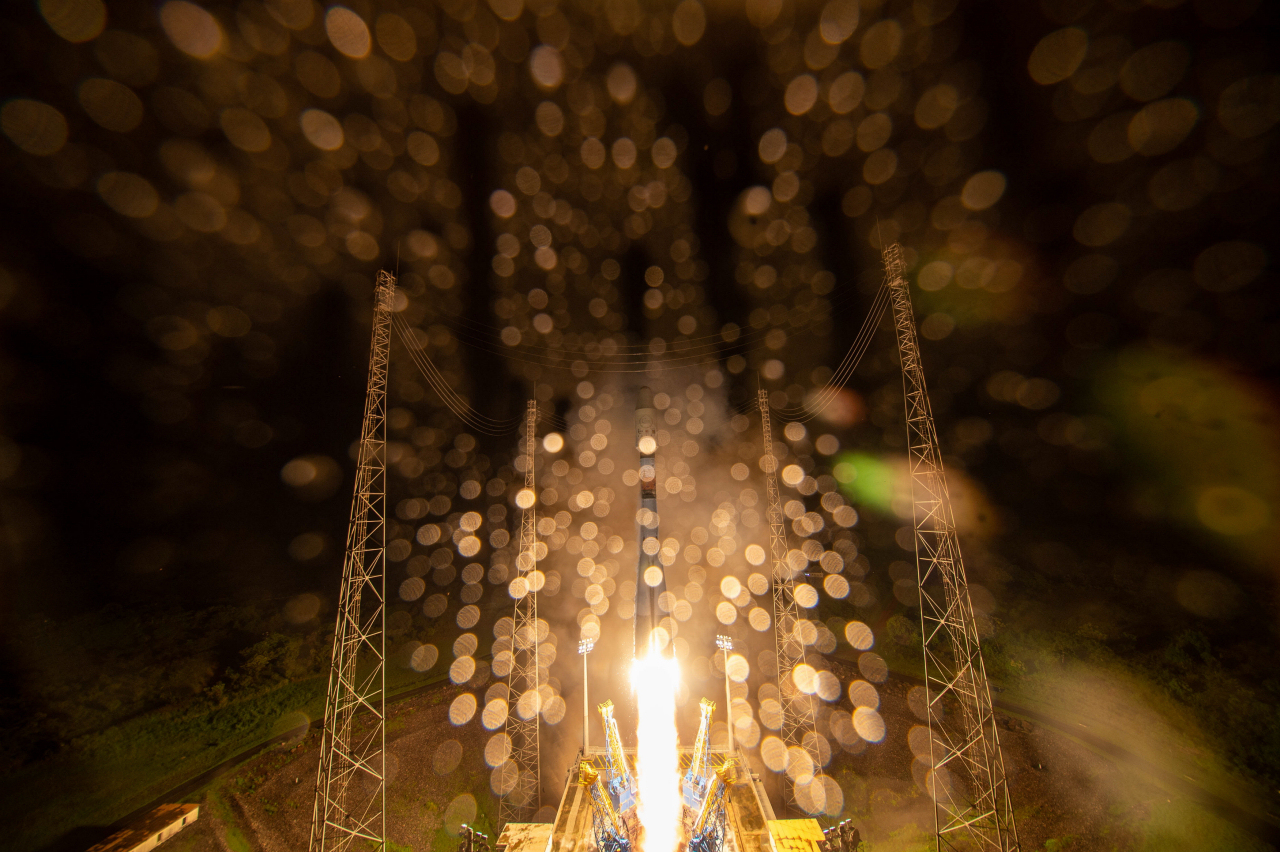
Believe it or not, time travel is possible.
In fact, you’re doing it right now. Every single second of every single day you are advancing into your own future. You are literally moving through time, the same way you would move through space. It may seem pedantic, but it’s a very important point. Movement through time is still movement, and you are reaching your own future (whether you like it or not).
Continue reading “Time Travel Into The Future Is Totally Possible”Can wormholes act like time machines?
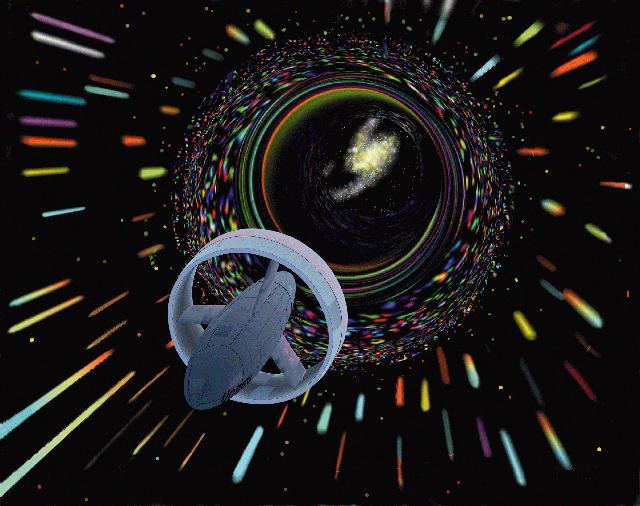
Time travel into the past is a tricky thing. We know of no single law of physics that absolutely forbids it, and yet we can’t find a way to do it, and if we could do it, the possibility opens up all sorts of uncomfortable paradoxes (like what would happen if you killed your own grandfather).
But there could be a way to do it. We just need to find a wormhole first.
Continue reading “Can wormholes act like time machines?”Gravity is tested down to a scale smaller than the thickness of a human hair
Gravity was the first force of nature to be realized, and in the centuries since we first cracked the code of that all-pervasive pulling power, scientists have continually come up with clever ways to test our understanding. And it’s no surprise why: the discovery of a new wrinkle in the gravitational force could open up vistas of new physics, and maybe even the nature of reality itself.
Continue reading “Gravity is tested down to a scale smaller than the thickness of a human hair”The three-body problem shows us why we can’t accurately calculate the past
Our universe is driven by cause and effect. What happens now leads directly to what happens later. Because of this, many things in the universe are predictable. We can predict when a solar eclipse will occur, or how to launch a rocket that will take a spacecraft to Mars. This also works in reverse. By looking at events now, we can work backward to understand what happened before. We can, for example, look at the motion of galaxies today and know that the cosmos was once in the hot dense state we call the big bang.
Continue reading “The three-body problem shows us why we can’t accurately calculate the past”This is Foam, Made in Space
Say hello to Space Foam.
The ESA has a science lab on the International Space Station called Columbus. Inside that lab is the Fluid Science Laboratory, dedicated to studying the behaviour of fluids in microgravity. Currently, that lab is being used to study a substance most of us probably don’t spend much time thinking about: foam.
Continue reading “This is Foam, Made in Space”Neutrinos Have Been Detected With Such High Energy That The Standard Model Can’t Explain Them

Although neutrinos are mysterious particles, they are remarkably common. Billions of neutrinos pass through your body every second. But neutrinos rarely interact with regular matter, so detecting them is a big engineering challenge. Even when we do detect them, the results don’t always make sense. For example, we’ve recently detected neutrinos that have so much energy we have no idea how they are created.
Continue reading “Neutrinos Have Been Detected With Such High Energy That The Standard Model Can’t Explain Them”Just How Feasible is a Warp Drive?
It’s hard living in a relativistic Universe, where even the nearest stars are so far away and the speed of light is absolute. It is little wonder then why science fiction franchises routinely employ FTL (Faster-than-Light) as a plot device. Push a button, press a pedal, and that fancy drive system – whose workings no one can explain – will send us to another location in space-time.
However, in recent years, the scientific community has become understandably excited and skeptical about claims that a particular concept – the Alcubierre Warp Drive – might actually be feasible. This was the subject of a presentation made at this year’s American Institute of Aeronautics and Astronautics Propulsion and Energy Forum, which took place from August 19th to 22nd in Indianapolis.
Continue reading “Just How Feasible is a Warp Drive?”Physicists Don’t Know the Mass of a Neutrino, But Now They Know it’s No Larger Than 1 Electron Volt
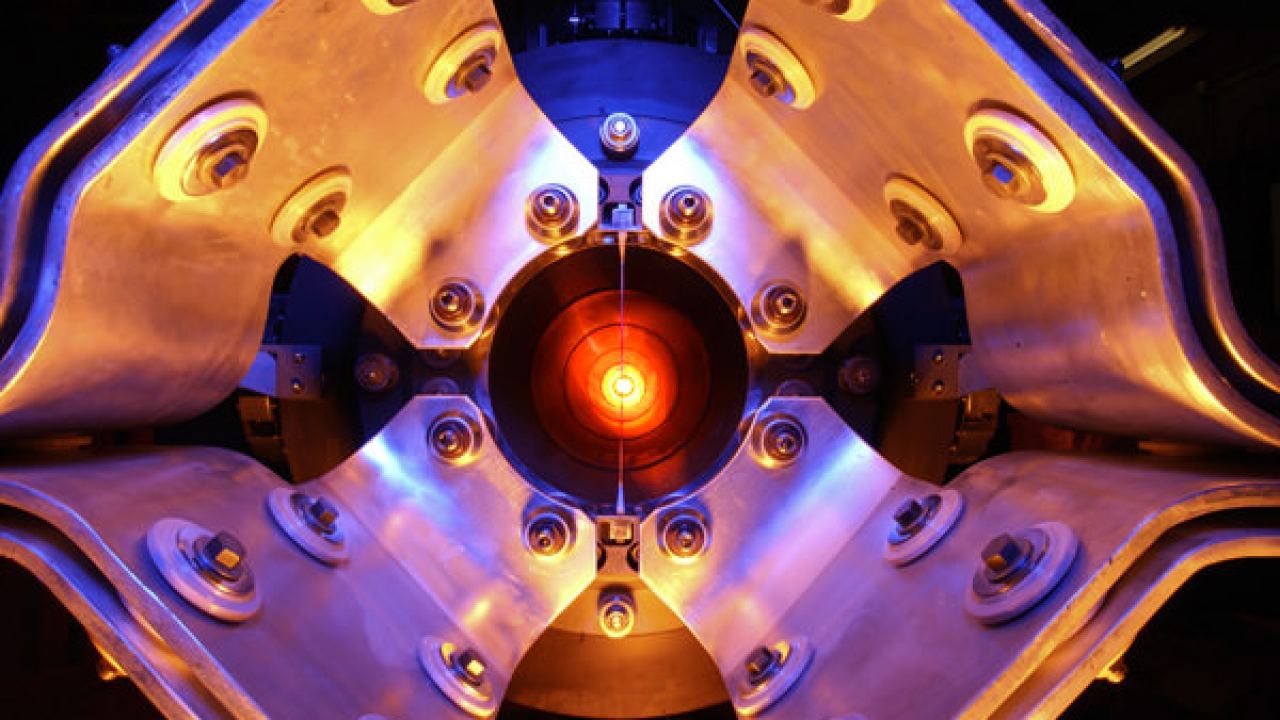
The Standard Model of Particle Physics is one of science’s most impressive feats. It’s a rigorous, precise effort to understand and describe three of the four fundamental forces of the Universe: the electromagnetic force, the strong nuclear force, and the weak nuclear force. Gravity is absent because so far, fitting it into the Standard Model has been extremely challenging.
But there are some holes in the Standard Model, and one of them involves the mass of the neutrino.
Continue reading “Physicists Don’t Know the Mass of a Neutrino, But Now They Know it’s No Larger Than 1 Electron Volt”
